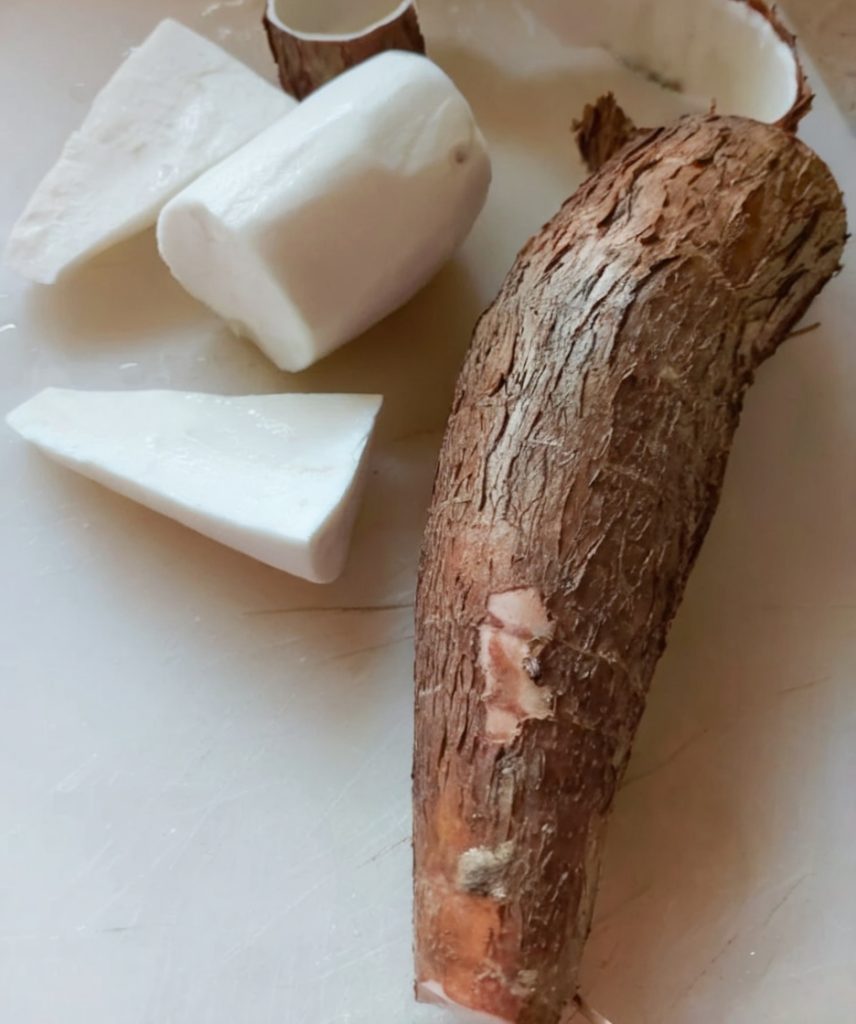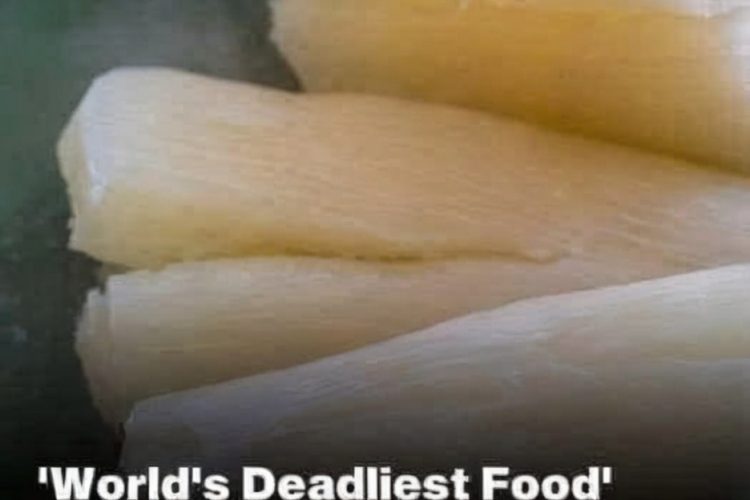Cassava, a starchy root vegetable native to South America, holds a paradoxical title: the world’s deadliest food. Despite this ominous label, nearly 500 million people worldwide rely on cassava as a staple in their diet. So how can one food be both a life-sustaining crop and a potential poison?
The Hidden Danger in Cassava
The danger lies in cassava’s raw form. Naturally containing cyanogenic glucosides, cassava can release hydrogen cyanide during digestion if it’s not properly prepared. According to the World Health Organization (WHO), about 200 people die annually due to improper cassava consumption.
One of the most severe health consequences of consuming toxic cassava is konzo, a neurological disorder causing sudden and irreversible paralysis. This condition is most prevalent in protein-deficient and resource-limited communities where proper cassava processing isn’t feasible—especially during times of famine or conflict.

A Staple with Nutritional Value
Despite its risks, cassava is a vital food crop in parts of Africa, Asia, and Latin America. It thrives in drought-prone, nutrient-poor soils, making it a resilient and reliable food source.
When processed correctly—through boiling, soaking, fermenting, or sun-drying—cassava becomes safe and nutritious. It’s rich in:
-
Carbohydrates (energy-dense)
-
Dietary fiber
-
Vitamin C
-
B-complex vitamins
Cassava also fuels entire economies by being transformed into diverse food products like tapioca, cassava flour, and fufu.
Education: The Key to Safety
Safe consumption hinges on awareness. Governments and international organizations are actively teaching safe cassava preparation methods, such as:
-
Soaking roots for multiple days
-
Proper fermentation
-
Extended boiling
These steps drastically reduce cyanide levels, making cassava consumption safe.
On the scientific front, researchers are also developing low-cyanide cassava varieties—a breakthrough that could revolutionize how this root is grown and consumed.
⚖️ Cassava: Risk vs. Reward
Cassava is more than just food. It’s a symbol of:
-
Survival in food-insecure regions
-
Resilience against harsh climate conditions
-
Cultural identity in local cuisines
But the stakes are high. Without proper handling, it remains a silent threat—especially to vulnerable populations with limited food options.
🌱 A Global Lesson in Food Safety
As climate change and population growth place increasing pressure on food systems, cassava will remain central to feeding the world. But to ensure it supports life rather than endangers it, we must:
-
Invest in education and infrastructure
-
Promote modern agricultural innovations
-
Advocate for nutritional diversity to offset risks
🔍 Final Thoughts
Cassava stands at the intersection of risk and resilience. With proper care, it can be transformed from the “deadliest food” into a life-giving staple for generations to come.
It reminds us that even the most humble foods carry powerful implications for health, culture, and survival. The choice isn’t whether to use cassava—it’s whether we’re prepared to use it safely.
